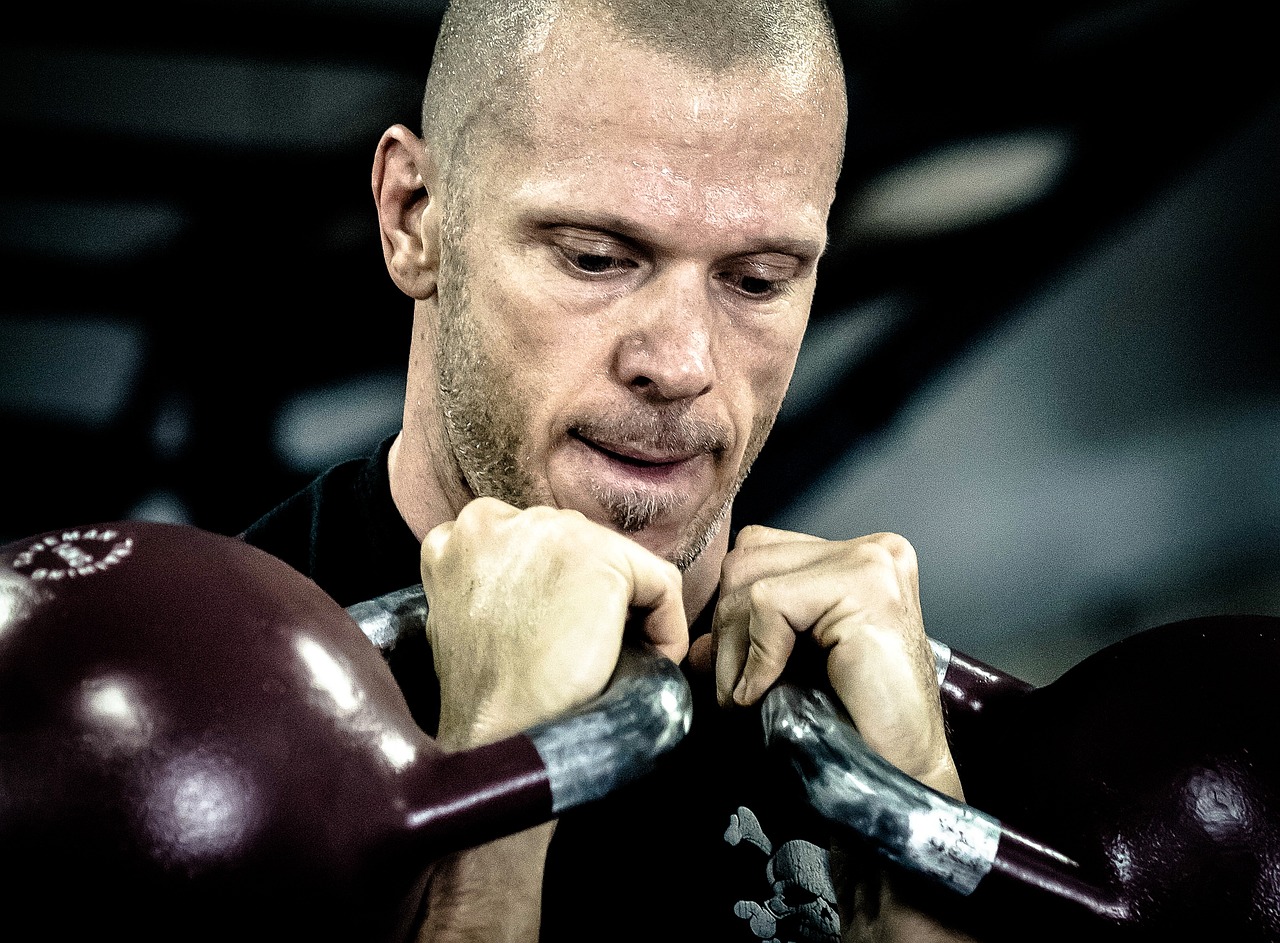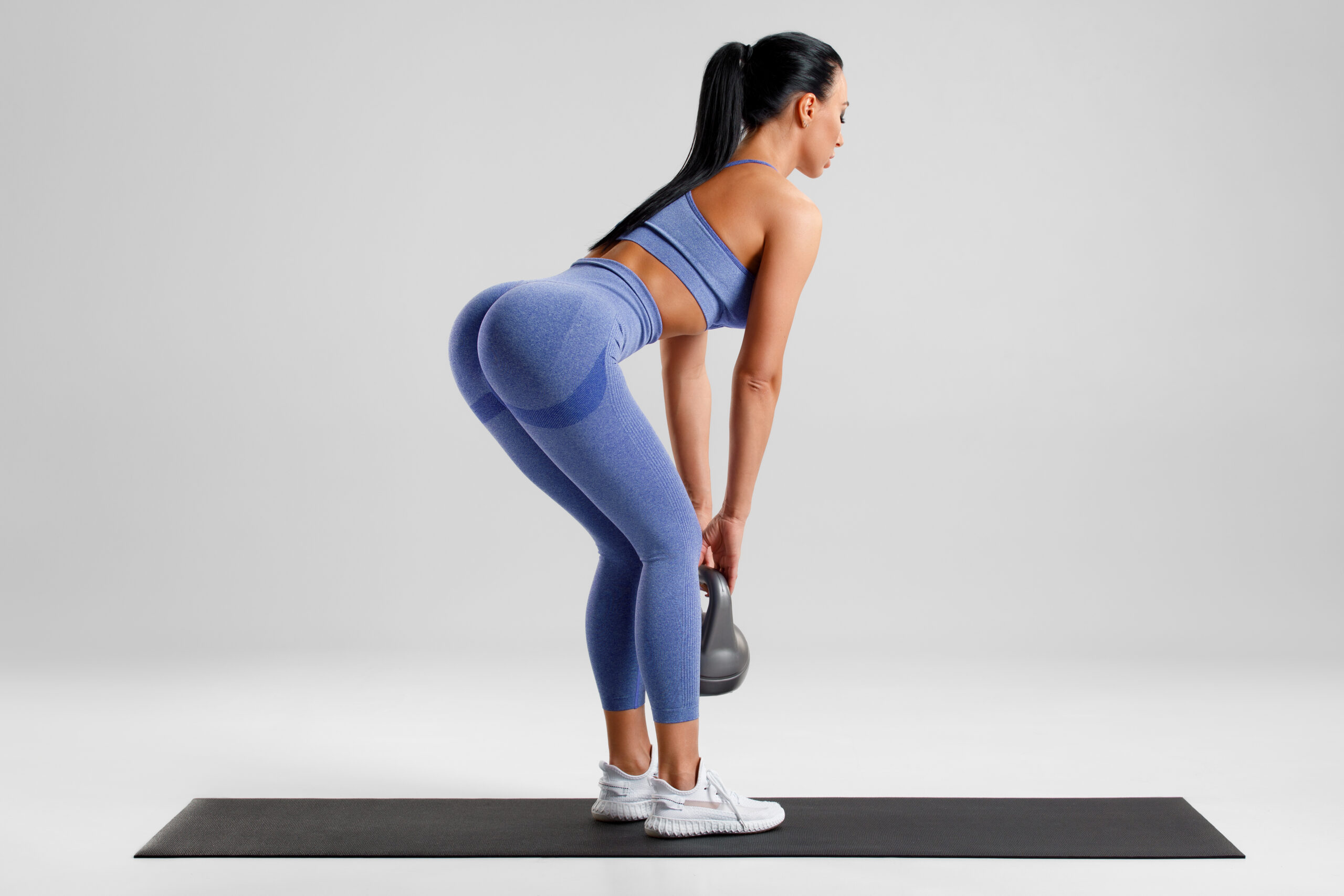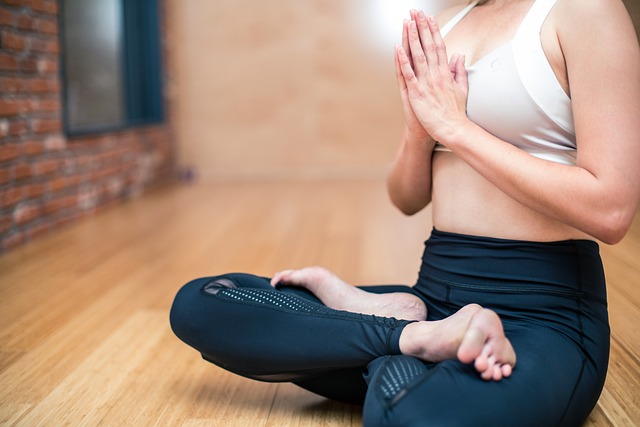Depression can be a debilitating and overwhelming condition that affects millions of people worldwide. One of the most challenging aspects of depression is the lack of motivation to do anything, including exercise. However, regular physical activity can help improve mood and reduce symptoms of depression. In this article, we will discuss some tips to help you get motivated to exercise when you’re feeling depressed.
The first step in getting motivated to exercise when depressed is to start small. Setting small and achievable goals for yourself can help you build momentum and make exercise more manageable. For example, start by going for a 10-minute walk or doing a few minutes of stretching. As you start to feel better, you can gradually increase the duration and intensity of your exercise.
Another important factor in getting motivated to exercise when depressed is to find an activity that you enjoy. If you don’t enjoy what you’re doing, it’s unlikely that you’ll stick with it. Choose an activity that you look forward to and that brings you joy, such as dancing, swimming, or playing a sport.
Working out with a friend or family member can also be a great motivator. Having someone to exercise with can provide a sense of accountability and make it more enjoyable. It’s also a great opportunity to bond and support each other.
Creating a routine can also help to get motivated to exercise when depressed. Set a regular time and place for exercise and make it part of your daily routine. This will help you to establish a sense of consistency and make it easier to stick to your workout plan.
To make exercise more fun and enjoyable, find ways to make it more interactive. Listen to music, watch your favorite TV show or movie, or play a game while exercising. This can make the experience more enjoyable and engaging, making it more likely that you will stick with it.
Getting a dog can be an excellent way to help you get motivated to exercise. Dogs are known for their boundless energy and enthusiasm for physical activity, and they can be a great motivator for their owners to get moving as well. Having a dog means you need to walk them on a regular basis, this can help establish a routine of regular exercise, which can be difficult to maintain on your own. Additionally, having a companion to exercise with can make the experience more enjoyable and less daunting. Not only that, but the companionship and love of a dog can also have a positive effect on mental health, which can help to combat depression and anxiety, that can make it difficult to get motivated to exercise.
Another way to get motivated to exercise when depressed is to reward yourself for meeting your exercise goals. Treat yourself to a favorite food or take a relaxing bath after your workout. This will help to reinforce the positive association between exercise and reward and make it more likely that you will continue to exercise.
If you are having difficulty getting motivated to exercise or are experiencing severe depression, it is important to seek help from a mental health professional. They can provide you with additional support and resources to help you overcome your depression.
In conclusion, getting motivated to exercise when depressed can be a challenging task, but it is not impossible. By setting small and achievable goals, finding an activity you enjoy, working out with a friend, creating a routine, making it fun, rewarding yourself, and seeking professional help, you can increase your motivation to exercise and improve your mood. Remember, progress takes time and be patient with yourself.

 Politics2 years ago
Politics2 years ago
 Politics1 year ago
Politics1 year ago
 Health1 year ago
Health1 year ago
 Politics1 year ago
Politics1 year ago
 Politics2 years ago
Politics2 years ago
 Politics1 year ago
Politics1 year ago
 Entertainment2 years ago
Entertainment2 years ago









